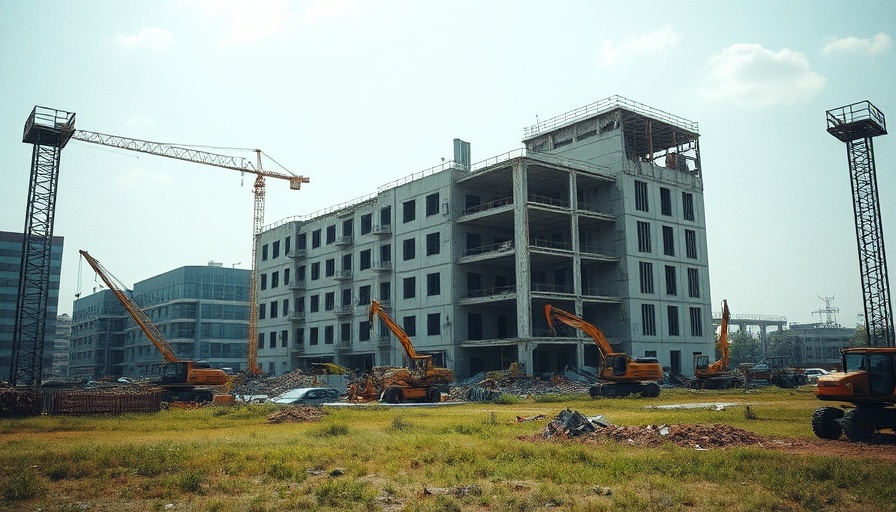
The Halt on Demolition: What’s Next for UTSA?
The University of Texas at San Antonio (UTSA) has announced a pause in the demolition of the walls of the Institute of Texan Cultures (ITC), following a significant public outcry and a resulting lawsuit. This decision has raised questions among local residents and cultural advocates about the future of this historic institution and what it represents for the community.
Community Reactions: Voices of Concern
The decision to stop the demolition comes on the heels of a lawsuit initiated by the ITC. Advocates for the institute claim that the building not only holds significant historical importance but also represents the cultural diversity of San Antonio and Texas as a whole. The swift reactions from the community illustrate a strong sense of identity and belonging that many feel associated with the ITC. In a city rich with history, such landmarks play a crucial role in shaping cultural narratives.
A Historical Perspective: The Importance of the Institute of Texan Cultures
Established in 1968, the ITC serves as a repository of Texas history, particularly highlighting the contributions of various communities. As cities across America grapple with their cultural legacies, the ITC stands as a beacon of inclusion and heritage. The pause in demolition brings the issue of cultural preservation to the forefront, encouraging discussions about the importance of protecting historical sites that reflect the myriad influences that have shaped Texas.
Local vs. National Perspectives: Understanding the Broader Implications
This halt resonates beyond San Antonio, reflecting a larger national trend where communities are increasingly contesting urban development projects that threaten local cultural institutions. With over 30% of Americans believing that urban development often comes at the cost of cultural heritage, UTSA’s decision could serve as a case study for other cities wrestling with similar issues.
Future Predictions: What’s at Stake?
Looking ahead, the outcome of this legal battle and the halt in demolition could set a precedent for how universities and municipalities approach community engagement and historical preservation. If the efforts to stop the demolition continue to gain traction, it could spark a renewed focus on other historical sites across the nation. For San Antonio, the future of the ITC is not just about one building—it’s about the city’s commitment to honor and preserve its diverse heritage.
For Residents: What You Can Do
Local citizens concerned about the preservation of the ITC can take actionable steps to engage. Supporting local advocacy groups, participating in town hall meetings, and voicing concerns through social media are powerful means of action. The collective voice of the community can be a significant influence in shaping the future of the ITC and similar institutions.
Conclusion: The Next Steps for the ITC
As UTSA navigates this complex landscape of cultural preservation versus modern development, it remains essential for community members to stay informed and active. While the demolition has been paused, the conversation surrounding the future of the ITC is just beginning. Stakeholders must come together to forge a path that respects both progress and history. For those interested in following developments in this story, staying updated through local news sources will be crucial.
Call to Action: Stay engaged with local news and support initiatives aimed at preserving San Antonio's rich cultural heritage. Your voice matters in shaping the future of historical landmarks like the ITC.
 Add Element
Add Element  Add Row
Add Row 



 Add Row
Add Row  Add
Add 


Write A Comment